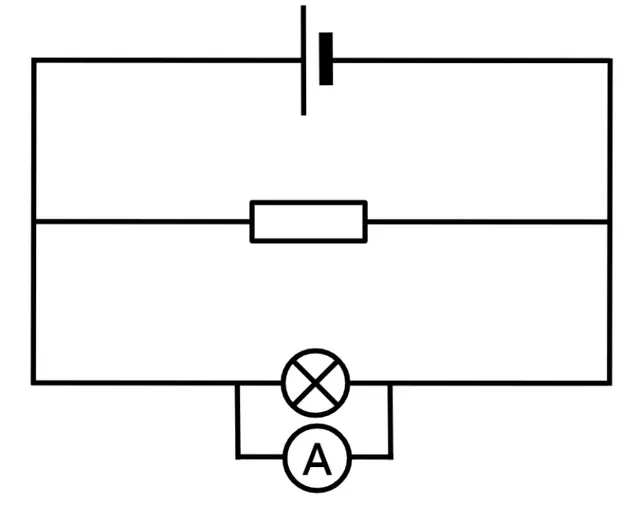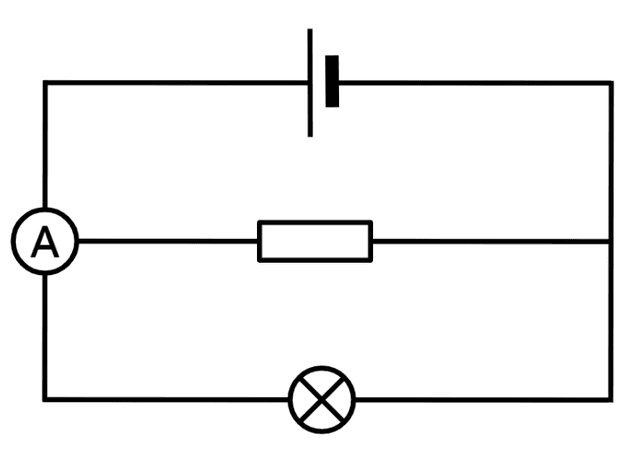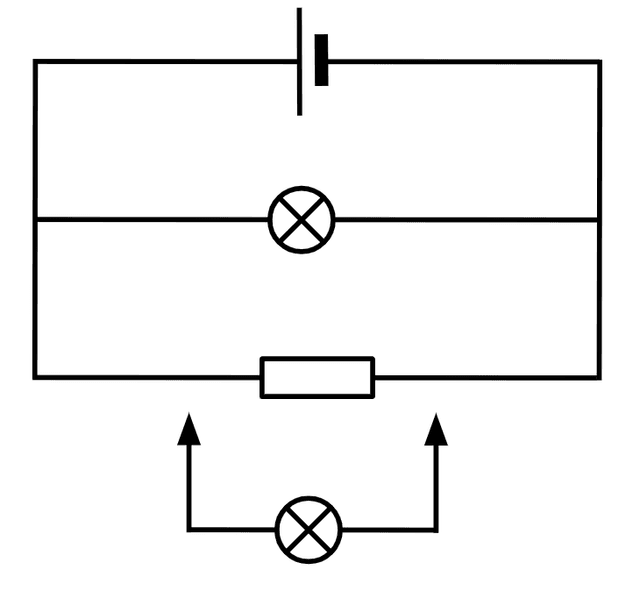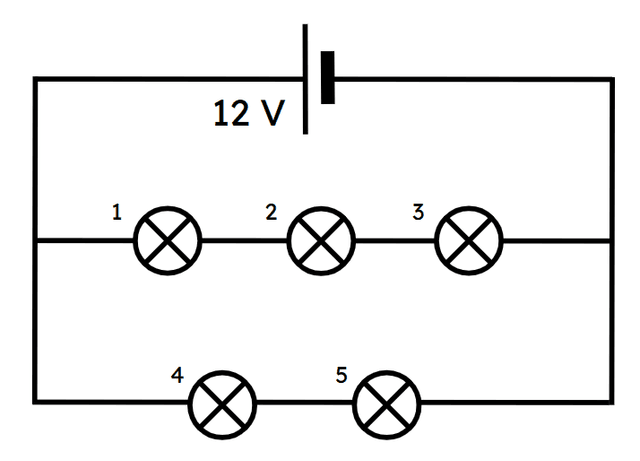Myths about teaching can hold you back


- Year 9
Comparing series and parallel circuits
I can compare the properties of series and parallel circuits that have the same components.


- Year 9
Comparing series and parallel circuits
I can compare the properties of series and parallel circuits that have the same components.
These resources will be removed by end of Summer Term 2025.
Switch to our new teaching resources now - designed by teachers and leading subject experts, and tested in classrooms.
These resources were created for remote use during the pandemic and are not designed for classroom teaching.
Lesson details
Key learning points
- With the same battery, two bulbs in parallel are brighter than two in series.
- With the same battery, current through two bulbs in parallel is bigger than through two in series.
- With the same battery, voltage across one of two bulbs in parallel is bigger than across one of two bulbs in series.
- With the same battery, two bulbs in parallel are transferring energy from the battery more quickly than two in series.
- A battery lighting two bulbs in parallel will run out faster than the same battery lighting the two bulbs in series.
Keywords
Series circuit - a circuit with a single loop
Current - the rate of flow of charge in a circuit
Voltage - a measure of the ‘push’ an electrical cell will give to charges
Parallel circuit - a circuit with junctions that lead to separate loops
Common misconception
The battery produces a fixed sized current that splits between each branch of a parallel circuit.
Consider each branch of a parallel circuit as a separate series circuit connected to an identical battery, in which the total current through the battery is determined by the current it can push through each of the branches added together.
To help you plan your year 9 science lesson on: Comparing series and parallel circuits, download all teaching resources for free and adapt to suit your pupils' needs...
To help you plan your year 9 science lesson on: Comparing series and parallel circuits, download all teaching resources for free and adapt to suit your pupils' needs.
The starter quiz will activate and check your pupils' prior knowledge, with versions available both with and without answers in PDF format.
We use learning cycles to break down learning into key concepts or ideas linked to the learning outcome. Each learning cycle features explanations with checks for understanding and practice tasks with feedback. All of this is found in our slide decks, ready for you to download and edit. The practice tasks are also available as printable worksheets and some lessons have additional materials with extra material you might need for teaching the lesson.
The assessment exit quiz will test your pupils' understanding of the key learning points.
Our video is a tool for planning, showing how other teachers might teach the lesson, offering helpful tips, modelled explanations and inspiration for your own delivery in the classroom. Plus, you can set it as homework or revision for pupils and keep their learning on track by sharing an online pupil version of this lesson.
Explore more key stage 3 science lessons from the Resistance and parallel circuits unit, dive into the full secondary science curriculum, or learn more about lesson planning.

Equipment
Content guidance
- Risk assessment required - equipment
Supervision
Adult supervision required
Licence
Prior knowledge starter quiz
6 Questions
Q1.Which of the following statements about the ammeter in the circuit shown is correct?

Q2.Which of the following statements about the ammeter in the circuit shown is correct?

Q3.Which of the following statements about the current in the branches of a parallel circuit is correct?

Q4.What will happen to the current through a parallel circuit branch if one 6 $$\Omega$$ resistor in it is replaced with two 3 $$\Omega$$ lamps in series?
Q5.What will happen to the current through the cell in the following circuit if another lamp is added in parallel, as shown?

Q6.Which of the following changes occur if branches with components on them are added to a parallel circuit?
Assessment exit quiz
6 Questions
Q1.What will happen in a series circuit if a component (such as a resistor) is removed and the circuit is connected up again?
Q2.The current pushed round a circuit with two 1.5 V cells connected in series is 0.4 A.
What current will be pushed round if a third, identical cell is added in series?
Q3.What will happen to the other lamps in the circuit shown if lamp 2 'blows'?

Q4.All of the lamps in the circuit shown are identical. What is the voltage across lamp 5?

Q5.All of the lamps in the circuit shown are identical. What is the voltage across lamp 2?


